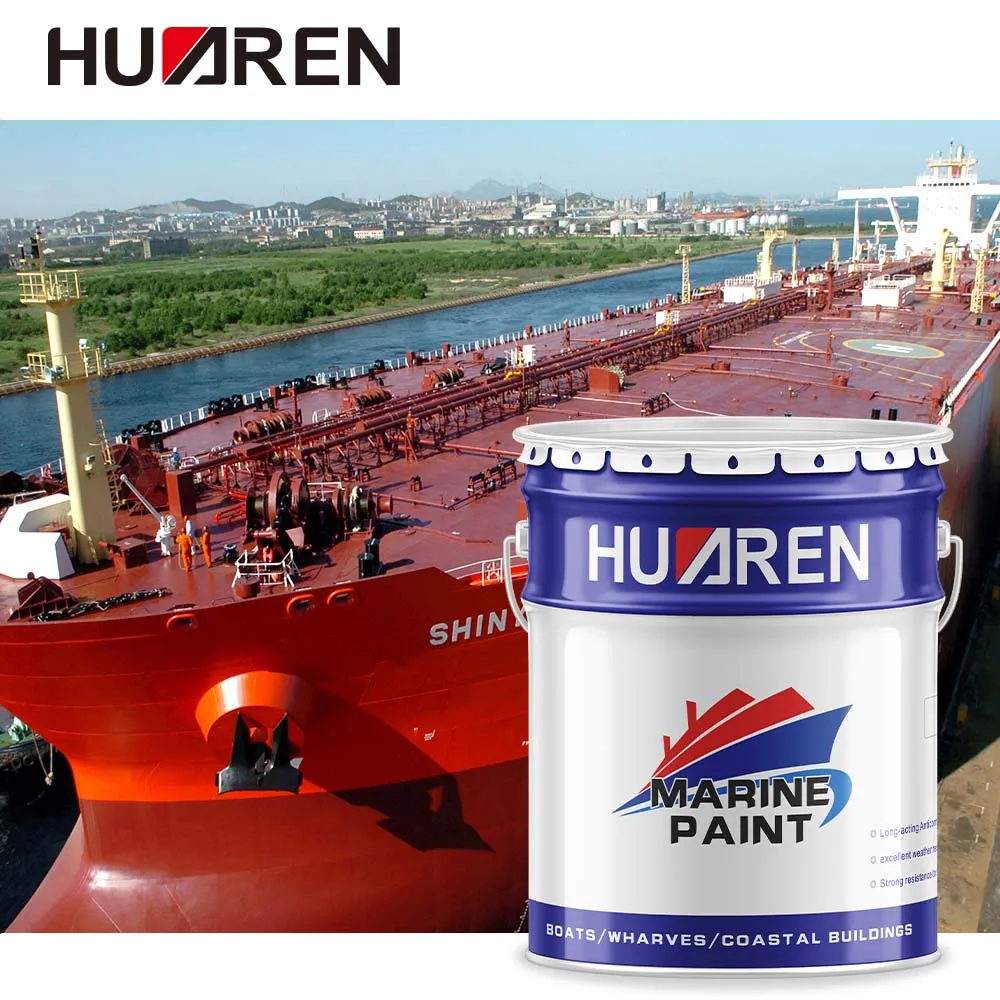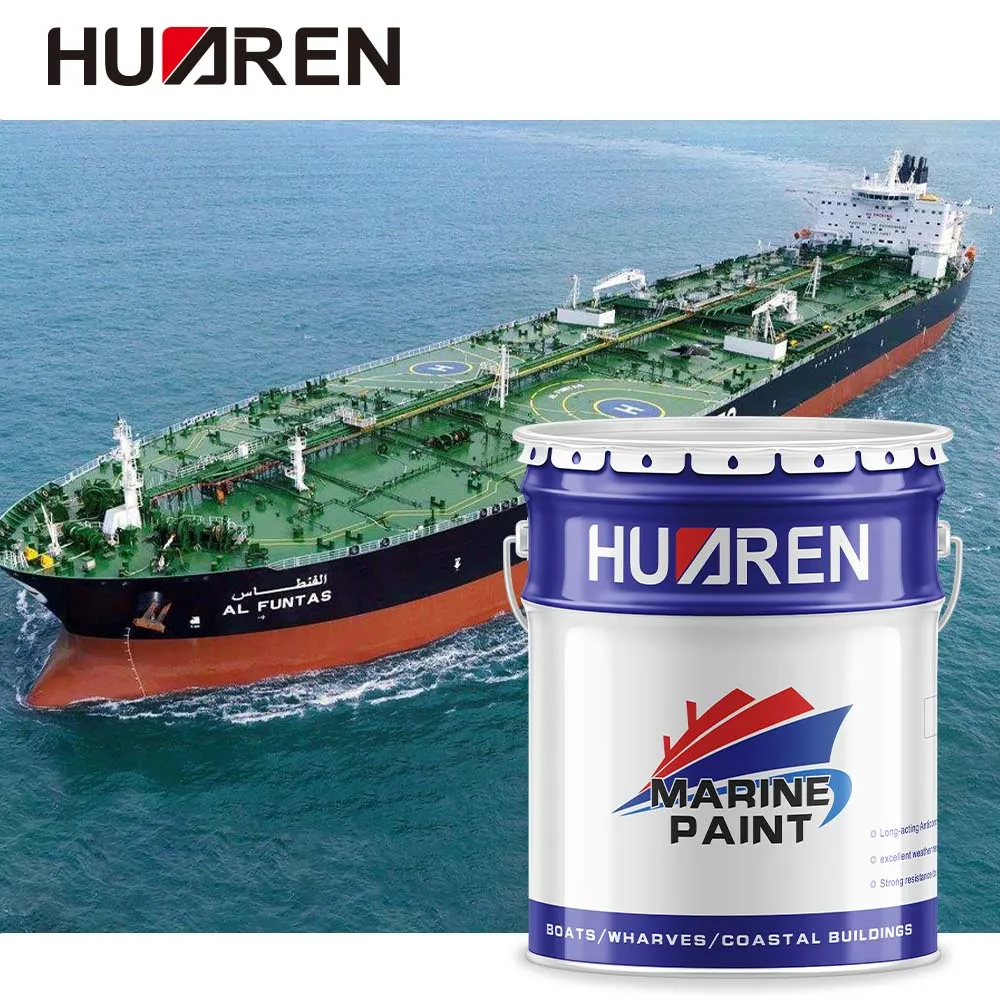Many observers have noticed that the bottoms of most ships are painted red. This phenomenon is not only common on large commercial ships and tankers, but also on many small yachts and leisure boats. Red bottom paint is not only eye-catching, but also has practical functions.
So why are the bottoms of ships usually painted red? Does red really have antifouling functions? This article will delve into the historical background, scientific principles and practical applications of this phenomenon.

What is antifouling paint?
Antifouling paint is a special paint used on the bottom of ships. Its main purpose is to prevent marine organisms from attaching to the bottom of the ship, such as shellfish, barnacles, algae, etc. As early as the 19th century, the shipping industry began to explore the application of antifouling paint. At that time, ships were mainly built of wood, and the bottoms of ships were vulnerable to invasion and corrosion by marine organisms.
When did red antifouling bottom paint begin to be used?
In the 19th century, copper oxide was widely used as the main component of antifouling paint. Copper oxide has strong biocidal properties and can effectively prevent marine organisms from attaching to the bottom of the ship. The color of copper oxide is red, so early antifouling paints naturally also appear red. This tradition continues to this day and has become the first choice of many ship owners and shipyards.

What is the antifouling principle of ship bottom paint?
The main function of antifouling paint is to prevent marine organisms from attaching. These organisms not only increase the resistance of the hull and reduce the speed, but may also cause damage to the hull material. Antifouling paint achieves antifouling effects through chemical antifouling, physical antifouling and biological antifouling.
● Chemical antifouling: such as copper oxide, releases toxic substances through chemical reactions to kill or inhibit marine organisms.
● Physical antifouling: By forming a smooth surface, the possibility of biological attachment is reduced.
● Biological antifouling: Using the antibacterial properties of certain natural substances to prevent biological growth.

Why are the bottom paints of ships all red?
Red antifouling paint is not only due to the color of copper oxide, but also because it has a visual warning effect. The bottom of a ship is difficult to see in the water, and red can be more conspicuous in shallow waters and dry docks, making it easier to inspect and maintain. In addition, red pigments have good durability underwater and can maintain antifouling effects for a long time in marine environments.
What types and colors are there of antifouling paints?
Types and colors of antifouling paints: Hard Antifouling Paints (red or brownish red, but also blue and black, etc.), Self-Polishing Antifouling Paints (red, blue, green and black, etc.), Eco-friendly Antifouling Paints (white, gray and light green, etc.).
1. Hard Antifouling Paints: Hard antifouling paints form a hard film that is not easy to wear and tear, and are suitable for high-speed ships. Its main ingredients include copper oxide and other biocides, and the color is usually red or brownish red, but there are also options such as blue and black.
2. Self-Polishing Antifouling Paints: Self-Polishing Antifouling Paints gradually wear away during sailing, releasing biocides to maintain the antifouling effect. They come in a variety of colors, including red, blue, green and black, depending on the formulation and use.
3. Eco-friendly Antifouling Paints: With the rise of environmental awareness, many ship owners choose eco-friendly antifouling paints that do not contain heavy metals. These paints usually use bio-based or physical barrier technology and come in a variety of colors, including white, gray and light green.

What types of ships are red antifouling paints used for?
Types of ships that red antifouling paints are used for: merchant ships and tankers (providing better visibility for easy inspection and maintenance), leisure boats and yachts (visually beautiful), warships and special ships.
1. Merchant ships and tankers: Most merchant ships and tankers use red antifouling paints, not only because of its significant antifouling effect, but also because red can provide better visibility when ships enter and leave ports and dry docks, facilitating inspection and maintenance.
2. Leisure boats and yachts: Many leisure boats and yachts also choose red antifouling paint, both for tradition and because of its good durability and antifouling properties. At the same time, the red bottom of the boat is visually beautiful and contrasts with the blue or white hull.
3. Warships and special ships: Warships and special ships usually use special antifouling paints. The color may vary, but red antifouling paint is still common, especially in training and non-combat situations. These ships need to maintain efficient sailing performance for a long time, and the choice of antifouling paint is crucial.
Why is red still popular?
1. Tradition and habit: Red antifouling paint has a long history of use, and many ship owners and shipyards have become accustomed to this color. Tradition and habit make red antifouling paint occupy an important position in the marine industry.
2. Practicality and visibility: Red antifouling paint has high visibility both underwater and in dry dock, which is convenient for inspection and maintenance. This practicality makes red one of the preferred colors for boat bottom paint.
3. Performance and durability: Red antifouling paint, especially the formula containing copper oxide, has excellent antifouling performance and durability. This allows red antifouling paint to maintain a long service life in various marine environments and reduce maintenance costs.

Other colors of antifouling paint
Despite the significant advantages of red antifouling paint, there are many other colors of antifouling paint available on the market. Different colors of antifouling paint can meet the aesthetic and functional needs of different ship owners. For example:
● Blue and green: These colors appear more natural in the water and are suitable for leisure boats that pursue aesthetics.
● Black: Suitable for boats that want a low-key appearance while having good antifouling performance.
● White and gray: These colors are mostly used in environmentally friendly antifouling paints and are suitable for boats with high environmental requirements.
Conclusion on the red color of boat bottom paint
The reason why boat bottom paint is red is mainly related to its historical background and scientific principles. The copper oxide in the early antifouling paint made the boat bottom paint naturally red, and this tradition continues to this day. Red antifouling paint not only has a significant antifouling effect, but also has a visual warning effect, which is easy to inspect and maintain.
Although there are many different colors of antifouling paint available on the market, red antifouling paint is still the first choice of many ship owners and shipyards due to its excellent performance and durability.

